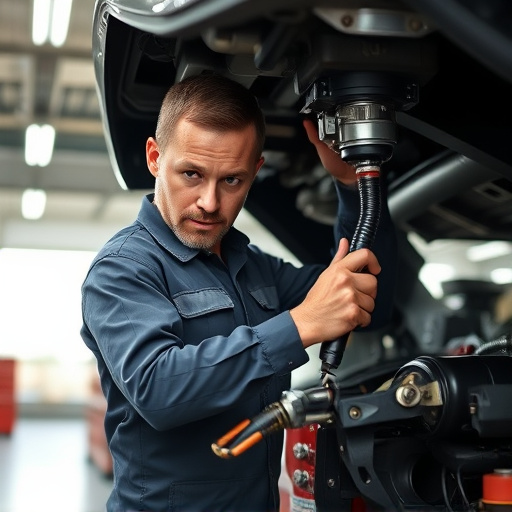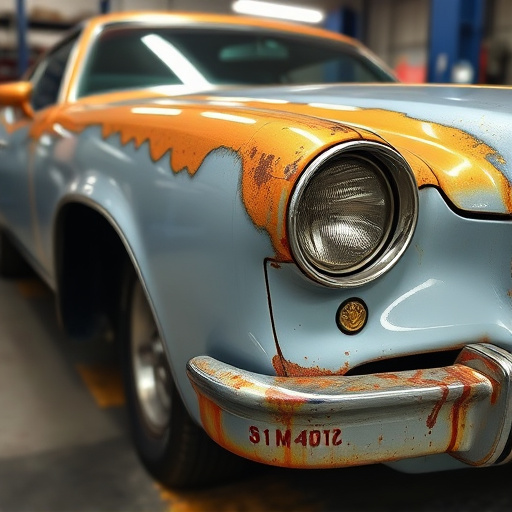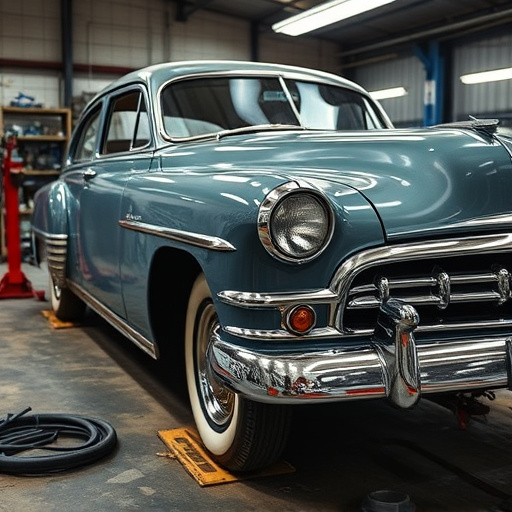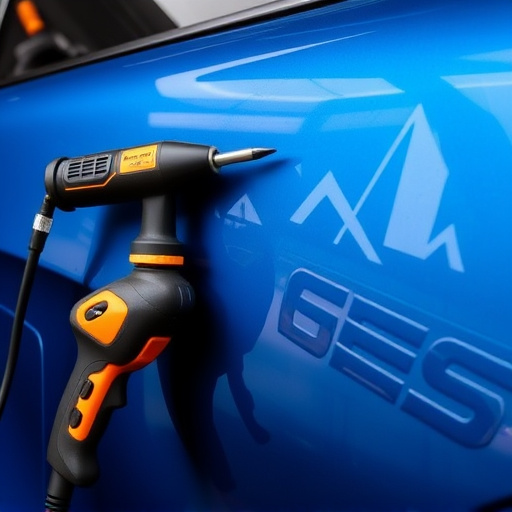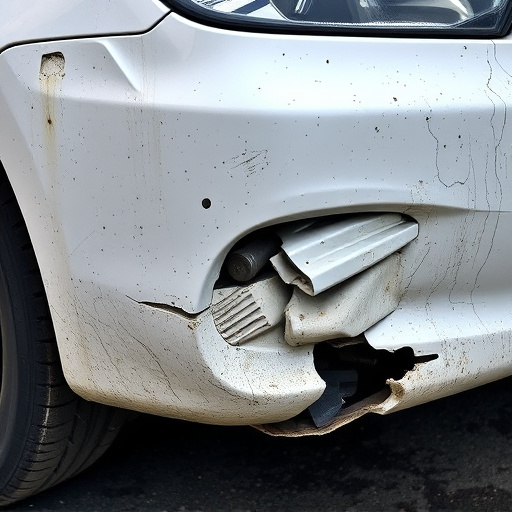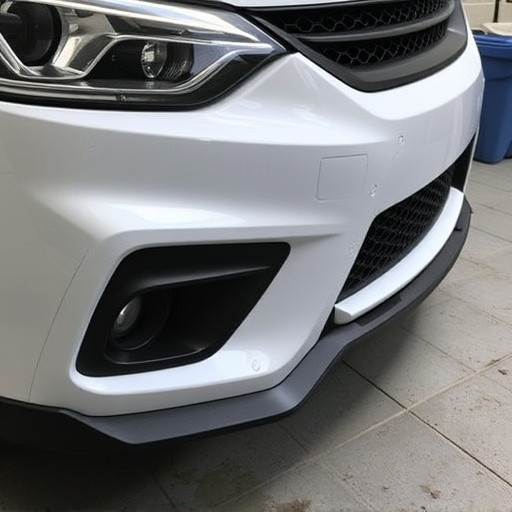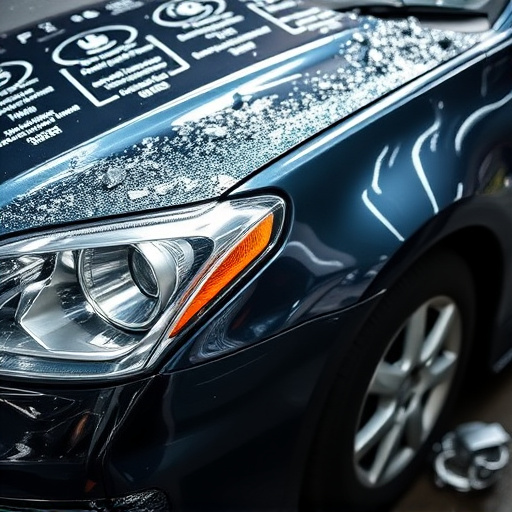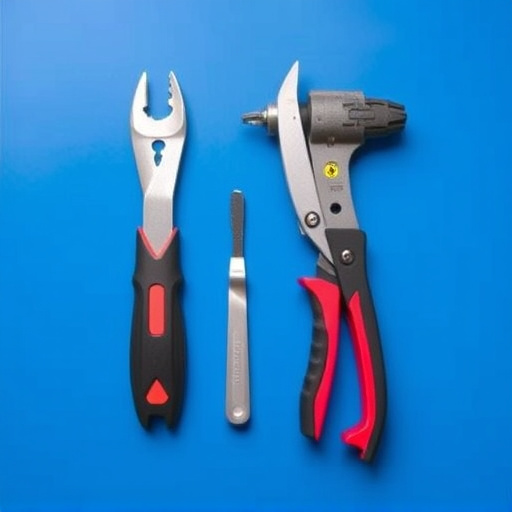Collision repair completion timelines are influenced by structural damage extent, repair complexity, parts availability, inventory management, and technician skill levels. Optimizing part procurement through supplier relationships and lead time understanding is key to meeting customer expectations for swift repairs, especially for luxury brands. Workload distribution among skilled and novice technicians, along with efficient resource management, ensures accurate timelines, client satisfaction, and operational efficiency in a competitive market.
Shops strive for accurate repair completion timelines, satisfying customers while optimizing operations. This article explores key factors behind achieving precision in estimating turnaround times. We delve into understanding how various influences, from parts availability to technician workload, collectively shape the final repair completion timeline. By assessing these elements, businesses can enhance customer experience through efficient scheduling and resource management.
- Understanding the Factors Influencing Repair Time
- Assessing Parts Availability and Lead Times
- Considering Technician Skill Levels and Workload
Understanding the Factors Influencing Repair Time
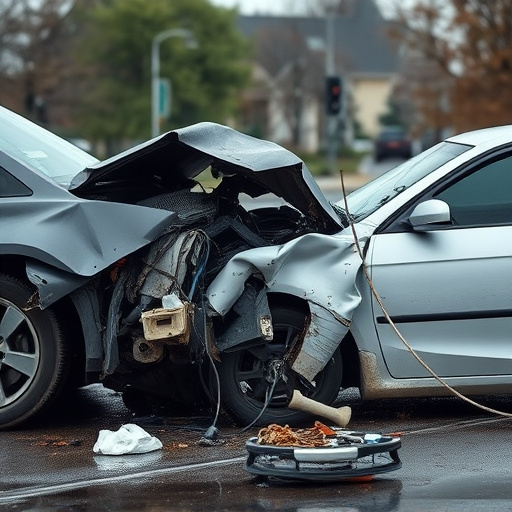
In the realm of collision repair, several factors significantly influence the estimated repair completion timeline. One of the primary considerations is the extent of damage to the vehicle’s structure and components. Major structural repairs, such as frame straightening or extensive metalwork, naturally take more time than simple cosmetic fixes like dent removal or paint touch-ups.
Additionally, the complexity of the repair process plays a crucial role. Auto painting, for instance, involves careful preparation, surface treatment, and precise application, all of which contribute to the overall completion time. Other considerations include the availability of replacement parts, especially in cases where specialized or unique components are required. Efficient inventory management and supply chain logistics can expedite the repair timeline. Moreover, the skill level and efficiency of the technicians assigned to the job are also significant factors that impact how quickly a vehicle is restored to its pre-accident condition in an automotive body shop.
Assessing Parts Availability and Lead Times

Shops need to meticulously assess parts availability and lead times when estimating a repair completion timeline for vehicles like Mercedes Benz. The efficiency of a car bodywork service greatly hinges on the promptness with which required parts can be procured. This involves not just identifying the necessary components, but also understanding the supplier lead times—how long it takes from ordering to receiving the parts.
Delays in part delivery can significantly impact the overall repair timeline, potentially causing frustration for customers who are eager to get their vehicles back on the road. Therefore, shops should maintain strong relationships with reliable suppliers and stay updated on part availability to ensure smooth operations and accurate estimates for their clients, be it for car body repair or more specialized Mercedes Benz repair services.
Considering Technician Skill Levels and Workload

When estimating a repair completion timeline, shops must account for the skill levels of their technicians and the current workload. Each auto repair near me or collision center has a mix of experienced professionals and new hires, each with varying levels of expertise. More complex tasks, like intricate vehicle dent repairs, often require skilled technicians who can finish them faster and with higher precision. Conversely, less demanding jobs might be handled by newer team members, impacting the overall estimated timeline.
Moreover, the current workload significantly influences repair completion timelines. A bustling collision center with a heavy backlog of vehicles awaiting service will inevitably face delays compared to one with a lighter load. Shops must balance their resources effectively, ensuring that each job receives adequate attention while managing client expectations. Balancing these factors is crucial for delivering accurate estimates and maintaining customer satisfaction, especially when competing with other reputable auto repair shops in the area.
Estimating an accurate repair completion timeline requires a multifaceted approach. By understanding the intricate factors influencing repair time, assessing parts availability, and considering technician workload and skill levels, shops can provide customers with reliable estimates. This strategic navigation through these key areas ensures not only customer satisfaction but also efficient workshop management, ultimately streamlining the entire repair process.





